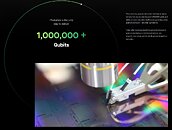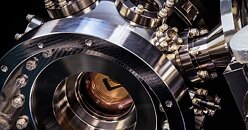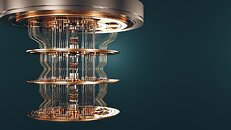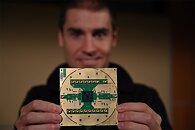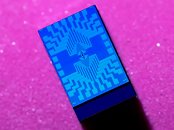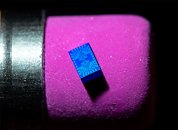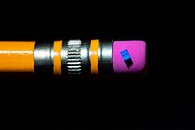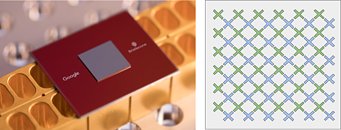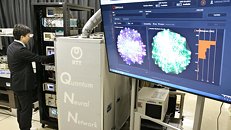Quantum Machines Discusses Direct Digital Synthesis for Large-Scale Quantum Computing
In developing the OPX1000, a controller fit for the ever-growing quantum processors counting 1,000 qubits and beyond, we had to think deeply about every detail that impairs scalability. Our recently unveiled OPX1000 module for microwave generation (MW-FEM) generates pulses up to 10.5 GHz directly, without analog oscillators or mixers. The choice of technology to reach microwave frequencies is not trivial. We choose cutting-edge direct digital synthesis (DDS) for very specific reasons, and we believe it will enable scalability and performance to an even greater degree. In this blog, we dive deeper into the considerations for going this route and existing alternatives. So stick around, whether you like mixers or hate them, this will be an interesting ride.
Summary of Technologies for Microwave Operation
The control signals for qubit drive and readout often fall in the microwave range, which is outside the range of baseband controllers. Many qubit labs have solved the issue with solutions based on mixing, including single sideband mixers, IQ-mixers, or more complicated schemes such as double super-heterodyne (DSH) conversion. Mixer-based solutions make use of analog local oscillators (LOs) that are multiplied by the signal of a controller or an AWG. IQ-mixers naturally suffer from two main spurs (affectionate name for unwanted signals), the LO leakage and the mixer image, which require non-trivial calibration to be removed. Other schemes, such as double super-heterodyne, offer a zero-calibration solution but use many more components. Additionally, mixing schemes require having an LO source per mixer if different drive frequencies are used. Having a low phase source per mixer is very expensive, and in order to cut prices, will probably include a phase-lock loops (PLL), leading to phase differences between channels, which is detrimental for multi-qubit systems. In other words, while mixers can be useful, we need to be aware of the pros and cons involved.
Summary of Technologies for Microwave Operation
The control signals for qubit drive and readout often fall in the microwave range, which is outside the range of baseband controllers. Many qubit labs have solved the issue with solutions based on mixing, including single sideband mixers, IQ-mixers, or more complicated schemes such as double super-heterodyne (DSH) conversion. Mixer-based solutions make use of analog local oscillators (LOs) that are multiplied by the signal of a controller or an AWG. IQ-mixers naturally suffer from two main spurs (affectionate name for unwanted signals), the LO leakage and the mixer image, which require non-trivial calibration to be removed. Other schemes, such as double super-heterodyne, offer a zero-calibration solution but use many more components. Additionally, mixing schemes require having an LO source per mixer if different drive frequencies are used. Having a low phase source per mixer is very expensive, and in order to cut prices, will probably include a phase-lock loops (PLL), leading to phase differences between channels, which is detrimental for multi-qubit systems. In other words, while mixers can be useful, we need to be aware of the pros and cons involved.



































